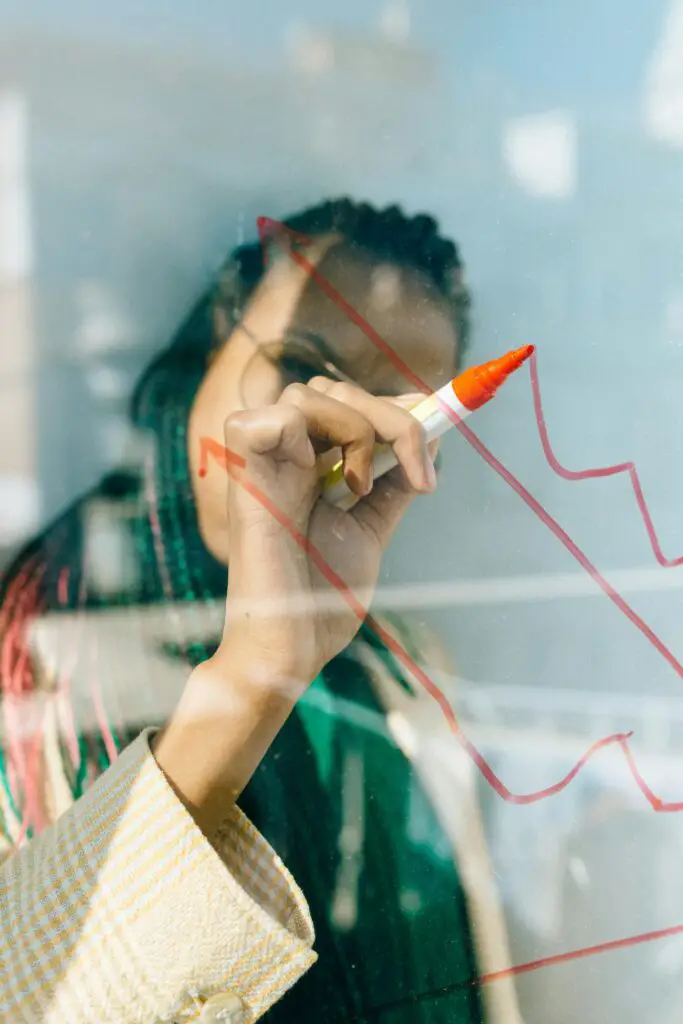
Understanding Pips, Lots, and Leverage in Forex — Beginner’s Guide
A complete, beginner-friendly guide to pips, lots, and leverage in forex. Learn how to calculate profit/loss, manage risk, and avoid common mistakes. | Published by RFXSignals

In forex trading, three core concepts determine your profits and losses: pips, lots, and leverage. Every beginner must understand how these work together before placing trades. Without this knowledge, you risk overexposing your account or miscalculating trade outcomes.
What is a Pip in Forex?
A pip stands for “percentage in point” and represents the smallest standardized movement a currency pair can make. For most pairs, a pip is the fourth decimal place (0.0001). For Japanese Yen (JPY) pairs, a pip is the second decimal place (0.01).
EUR/USD moves from 1.1000 → 1.1005 = 5 pips
Pipettes
Some brokers quote an extra decimal place (0.00001 for EUR/USD). This fractional pip is called a pipette. It allows for tighter spreads and more precise pricing.
Pip Value
Pip value depends on trade size and the currency pair. For a standard lot (100,000 units), each pip in EUR/USD is worth $10. For a mini lot (10,000 units), one pip equals $1.
What are Lots in Forex?
A lot is the unit size of your trade. Forex uses standardized contract sizes:
- Standard lot: 100,000 units of base currency
- Mini lot: 10,000 units
- Micro lot: 1,000 units
- Nano lot: 100 units (offered by some brokers)
Example: Buying 1 mini lot of EUR/USD means buying 10,000 EUR. If EUR/USD rises 50 pips and pip value is $1, your profit is $50.
Why Lot Size Matters
Lot size directly determines your pip value. Larger lots = bigger pip value = bigger potential gains or losses. This is why risk management begins with lot size control.
What is Leverage in Forex?
Leverage allows you to control a large position with a small deposit (margin). It is expressed as a ratio, like 1:30 or 1:100.
With 1:100 leverage, $1,000 margin controls $100,000 position
Leverage magnifies both profits and losses. While it allows small accounts to trade effectively, it also increases risk exposure.
Margin and Free Margin
Margin is the portion of your capital locked to open a trade. Free margin is what remains for opening new trades or absorbing drawdown.
Putting It All Together
Let’s combine these three concepts in a practical trade example:
Trade: Buy 0.10 lot (mini lot) EUR/USD at 1.1000
Lot size: 10,000 EUR
Leverage: 1:50 (margin required = 200 USD approx.)
Pip value: $1 per pip
Price rises 40 pips → Profit = $40
Advantages and Risks of Leverage
- Advantage: Amplifies profits with small capital
- Risk: Can wipe out account quickly if uncontrolled
- Tip: Use stop-losses and risk only 1–2% of account per trade
Common Mistakes Beginners Make
- Trading large lot sizes without calculating pip value
- Overleveraging with 1:500 or higher ratios
- Ignoring margin requirements and hitting margin calls
- Failing to use stop-loss orders
Risk Management Guidelines
A safe approach to using pips, lots, and leverage includes:
- Risk ≤ 2% of account balance per trade
- Calculate pip value before entering
- Choose appropriate lot size for account size
- Use leverage wisely — lower is safer for beginners
- Always place stop-loss and take-profit
How RFXSignals Helps Beginners
At RFXSignals, our signals include detailed pip targets, recommended lot sizes, and leverage-friendly setups. This helps beginners focus on execution and risk management instead of guesswork.
Get Accurate RFX Forex SignalsFrequently Asked Questions (FAQ)
Q: How do I calculate pip value?
A: Pip value = (One pip / Exchange rate) × Lot size. Most brokers provide automatic calculators.
Q: What leverage is best for beginners?
A: 1:30 to 1:50 is recommended. Avoid high leverage (1:200+) until you are experienced.
Q: Can leverage cause me to lose more than I invest?
A: With most regulated brokers, negative balance protection prevents this. Still, losses can exceed your margin if unmanaged.
Conclusion
Mastering pips, lots, and leverage is essential for successful forex trading. Together, they determine position sizing, potential profit, and account risk. Start small, practice in demo accounts, and always trade with discipline.
Want to trade smarter with ready-made signals? Start with RFXSignals Today
